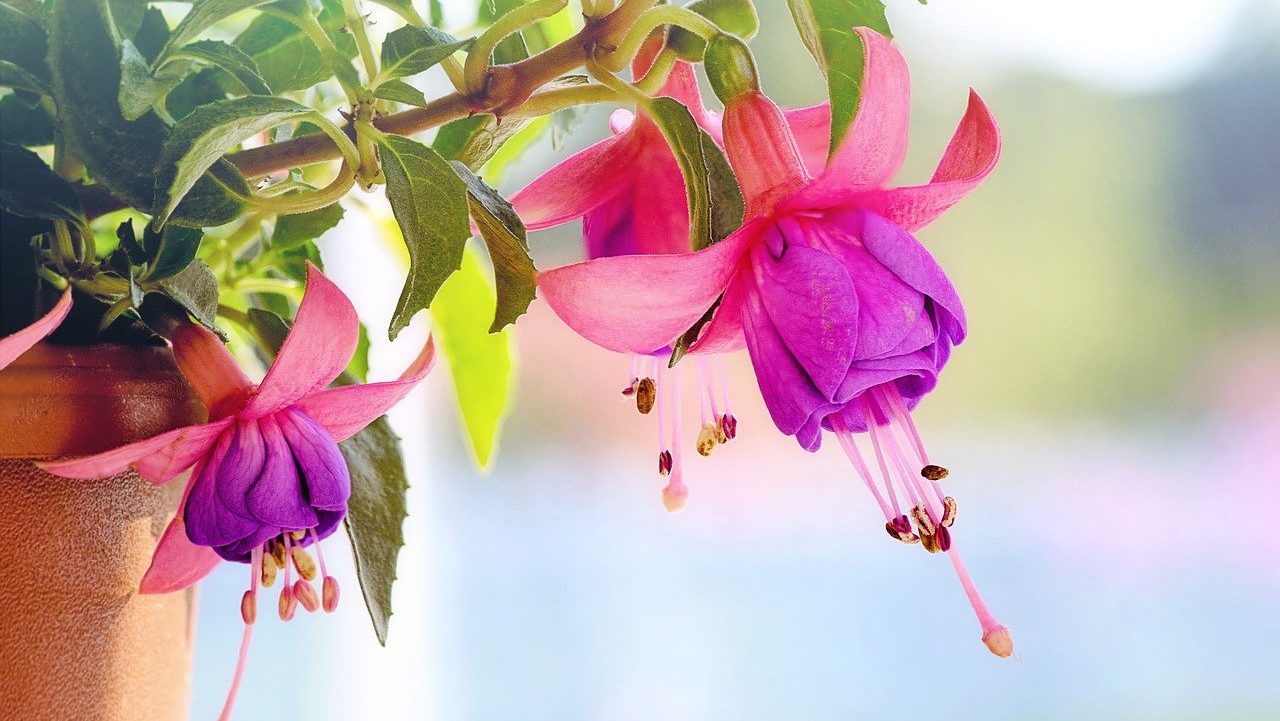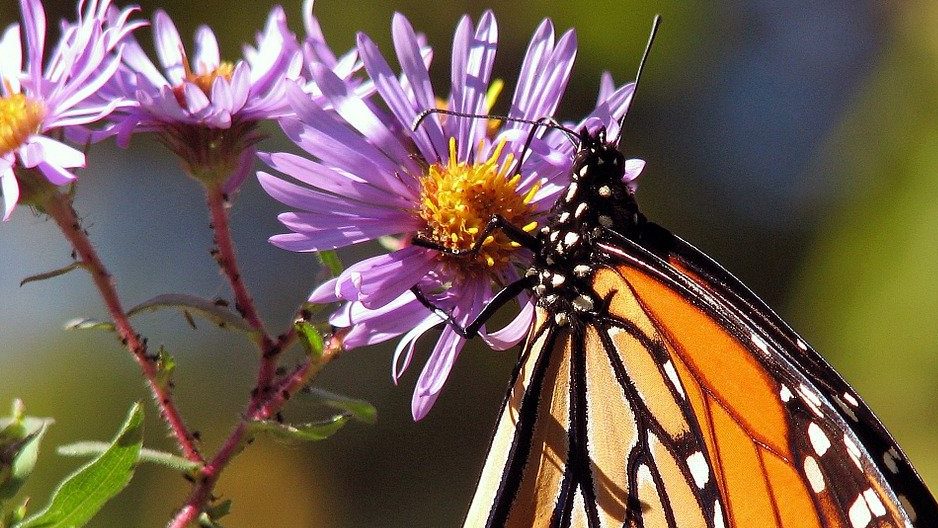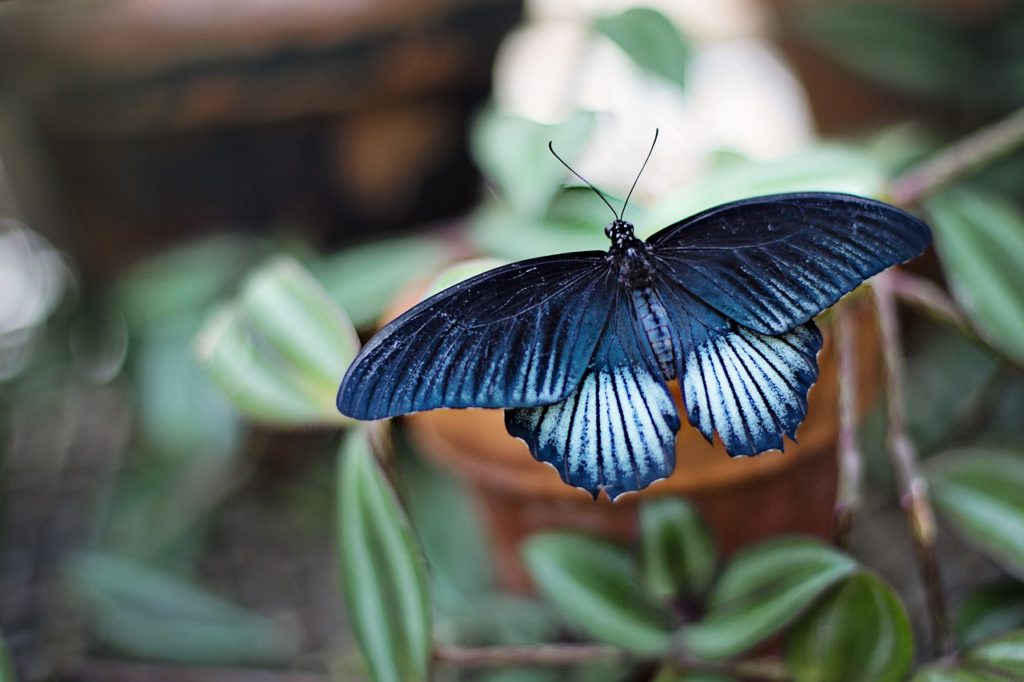On several occasions in our previous articles, we mentioned how caring for the earth aligns with the teachings of Islam. In connection with this, I want to focus on land reclamation and the way it’s related to our hobbies, specifically gardening. Those who love to garden may find a lot that resonates with them in this week’s article. However, even if you don’t like gardening, this may help you understand how Islam can support sustainable gardening. I will center this discussion around the concept of mutualism, a type of relationship where both parties benefit from the interaction. This is the relationship type that is found in the Qur’an, as our responsibility for caring for the earth is repeatedly emphasized.

Benefit of plants
The Messenger of Allah said:
“Whosoever brings dead land to life, for him is a reward in it, and whatever any creature seeking food eats of it shall be reckoned as charity from him”
[9]
I’m going to be focusing today specifically on this statement and the varying implications it carries. This idea is not new to us, we’ve heard this in many different settings in many different contexts. I want to apply this specifically to gardening because the purpose of gardening is to tend to soil and cultivate plants. This is something that pertains to our faith, as it is our duty to care for the environment. It is our responsibility to respect, nurture, and care for the earth as it does for us.
We can look at gardening as a regenerative process, we’re reaping the (literal!) fruits of our labour and we give back by continuing to tend to the plant’s health.

The end-product of growing and raising plants provides a multitude of benefits, not just to us but to other living creatures as well. This connects to the statement of the Prophet’s Messenger. The most obvious benefit is oxygen, it provides us with this chemical during the process of photosynthesis. Speaking generally, this occurs by converting atmospheric carbon dioxide into sugars. Here are some examples of plant benefits regarding humans
- Support life on earth
- In-take atmospheric carbon dioxide
- Supply food
- Fruits
- Vegetables
- Roots
- Leaves
- Tea&Coffee
- Medicinal properties
- Aesthetics
- Common materials
- Firewood
- Dyes
- Essential oils
- Rubber
- Paper
And here are some examples of benefits plants provide to the environment/other living creatures
- They hold soil in place, preventing erosion and maintain the quality of water.
- Provide habitats for living creatures, a single tree may provide shelter for many species.
- Supply food to almost all terrestrial organisms.
It’s important to maintain the health of our ecosystems, as they not only provide products valuable to humans but also provide resources essential to other living creatures. These resources drive the vitality of all other living creatures/plants which in turn affects us because these living creatures provide us with additional critical resources. In short, the fruition of gardening extends to benefit all living creatures of this planet.
Sustainable Gardening
Spring is slowly arriving in the Northern hemisphere, mirroring the start of the Autumn season in the Southern hemisphere. After the frigid season (for some of us), it’s time to dig out the gardening gloves and, watering cans and start planting!
In this section, I will be providing several tips for maintaining the sustainability of your garden while still growing healthy plants.
“There should be neither harming nor reciprocating harm”
[9]
This hadith can be taken in a multitude of ways. Within an environmental context, as a gardener, you’re not just taking from the earth but also giving back. Here, when I discuss garden sustainability, it will be in reference to this hadith.
Unsustainable actions can have consequences that are more harmful than you think. Initial damage can cause a chain reaction across the food web, impacting different areas of the environment. This can usually occur from improper gardening practices.
For example, if a plant has insufficient space to grow, its roots will unable to reach the nutrients that it desperately needs from the ground. Eventually, the plant’s health will deteriorate over time. As previously discussed, plants provide essential resources to living creatures and if such a case occurs, they will eventually experience a negative impact. This is due to the sheer amount of resources plants provide to neighboring insects, organisms, and ecosystems.
It’s known that the chain production of fruits and vegetables is quite harmful to the environment, there’s nothing really ‘sustainable’ about purchasing from grocery stores. Being able to freely depend solely on your garden for vegetables/fruits without worry is a privilege, so you can always start small and start off with plants such as mint leaves, cherry tomatoes, etc. By using fresh ingredients straight from your garden, you’re avoiding the fuel, transport, toxic petrochemical fertilizers that come with store-bought fruits and vegetables.
General tips
- There are many food scraps that come with cooking, you can use those as additional fertilizer to create a zero-waste garden. There are many ways in which you can reuse resources around the house.
- You can collect rainwater to water your plants with. This can aid in erosion reduction, moisture maximization, and minimizes costs that come with any water bills.
- We all don’t all live in the same country, much less hemisphere, so I advise you to choose plants native to your region to garden [1].
- Perennial native plants are strongly suggested.
- Choose plants that either use less water or more, this depends on your climate. For example, look carefully for drought-tolerant plants for dry climates.
- Consider planting flowers to balance out your ecosystem, as they can support and benefit other living creatures that like to hang around your garden.
- Save your seeds in a dry, cool place so that you can use them for the following year, this minimizes your costs that go toward plants
Sustainable plants
I previously mentioned making the choice to plant perennial native plants instead of annual plants. The reason for this is that perennial native plants are more adaptable and low-maintenance than other plants. In addition, they have a mutualistic relationship with surrounding organisms and wildlife. Because of this, they are the best choice as they help support organisms such as bees, birds, butterflies, etc. These plants are also tougher, which means they are more likely to survive in weather events such as storms or droughts.
There is also the concept of invasive species we must briefly discuss, in which introducing a plant non-native to the region can result in dire consequences across the environment and ecosystems of a region.
For example, take the Kudzu vine, which has quite a rapid growth rate [11]. It was originally introduced to the United States from Japan in the late 1800s [11]. Because of how fast it grows, it quickly began to block sunlight from other plants [11].
By doing this, native plants began to die which threw the whole ecosystem off as they could not adapt to such rapidly changing environmental conditions [11]. If native plants are quickly killed off, consumers who rely on them will also be harmed as their primary food source is slowly cut off from them.
Here are some very common plants that can actually turn into invasive species quickly, so you will also have to be careful if you’re introducing non-native plants into your garden as they can quickly overtake the space and harm your other plants.
Below is a chart for common perennial plants native to some of the climatic zones, you can use this chart to get an idea of what to include in your garden depending on your climate type.
.
*We must remember, as the gardening season approaches specifically in continental climates, that we must be mindful of the environment and avoid harming it as much as possible. Conservation of the environment is an Islamic duty of ours that we should take seriously. Other climates that experience a consistent weather pattern technically have a continuous garden season all year round depending on how you look at it.
Remember to be mindful of what plants you include in your garden and the possible benefits that it can have on your garden’s surrounding ecosystem.
Conclusion
To reiterate Allah’s words,
“And do good as Allâh has been good to you. And do not seek to cause corruption in the earth. Allâh does not love the corrupters” (Al Qasas 28:77)
[9]
Conservation as a religious duty must also extend in how we tend our gardens. There are so many factors involved in gardening that can cause harm to the environment, such as pesticide usage or planting invasive species. When engaging in hobbies and leisure activities, try to think about how you can incorporate sustainability in your actions.
Change can always start at a small scale, one small tweak in your actions can prevent serious damage to the environment. Just like most plants have with each other, we also should express a mutualistic relationship with the earth in our day-to-day activities.
As we take from the planet, we should also give back and form a reciprocal relationship.
If you have any tips to add onto creating sustainable gardening habits, please share below!
Resources
[1] Creating a Pollinator Friendly Garden. PartSelect.com. (n.d.). //www.fix.com/blog/native-plants-and-the-pollinator-garden/.
[2] D., S., & About The Author Samantha D. Samantha earned her Doctorate in Veterinary Medicine from the Virginia-Maryland Regional College of Veterinary Medicine and a B.S. in Biological Sciences from University of Maryland. She is an avid gardener. She enjoys w. (2019, November 5). Top 40 Beautiful Tropical Flowering Plants with Names and Photos. Florgeous. //florgeous.com/tropical-flowers/.
[3] Extremely Drought Tolerant Perennials. Photo Essay | Extremely Drought Tolerant Perennials | Perennial Resource. (n.d.). //www.perennialresource.com/photo_essay.php?ID=311.
[4] Foundation, C. K.-12. (n.d.). 12 Foundation. CK. //flexbooks.ck12.org/cbook/ck-12-biology-flexbook-2.0/section/9.2/primary/lesson/importance-of-plants-bio.
[5] Green, C. (2020, February 21). Permaculture Q&A: Perennial Plants for Temperate Climates. Chelsea Green Publishing. //www.chelseagreen.com/2015/perennial-plants-temperate-climates/.
[6] Leaf Group. (n.d.). Plants That Live in a Continental Climate. eHow. //www.ehow.com/list_6731143_plants-live-continental-climate.html.
[7] Please Enable Cookies. StackPath. (n.d.). //www.gardeningknowhow.com/special/tropical/tropical-gardening.htm.
[8] Sahih al-Bukhari 2320 – Agriculture – كتاب المزارعة – Sunnah.com – Sayings and Teachings of Prophet Muhammad (صلى الله عليه و سلم). (n.d.). //sunnah.com/bukhari:2320.
[9] Says:, B., & says:, A. sani. (2013, July 13). Hadith 32. No harming nor reciprocating harm. Hadith Commentary. //hadithcommentary.com/nawawi/hadith32/.
[10] Schiller, N. (2021, April 5). 17 Flowering Perennials That Will Grow Anywhere. Gardener’s Path. //gardenerspath.com/plants/flowers/best-flowering-perennials/.
[11] What is an invasive species? TakePart. (2014, July 11). //www.takepart.com/flashcards/what-is-an-invasive-species/index.html.

